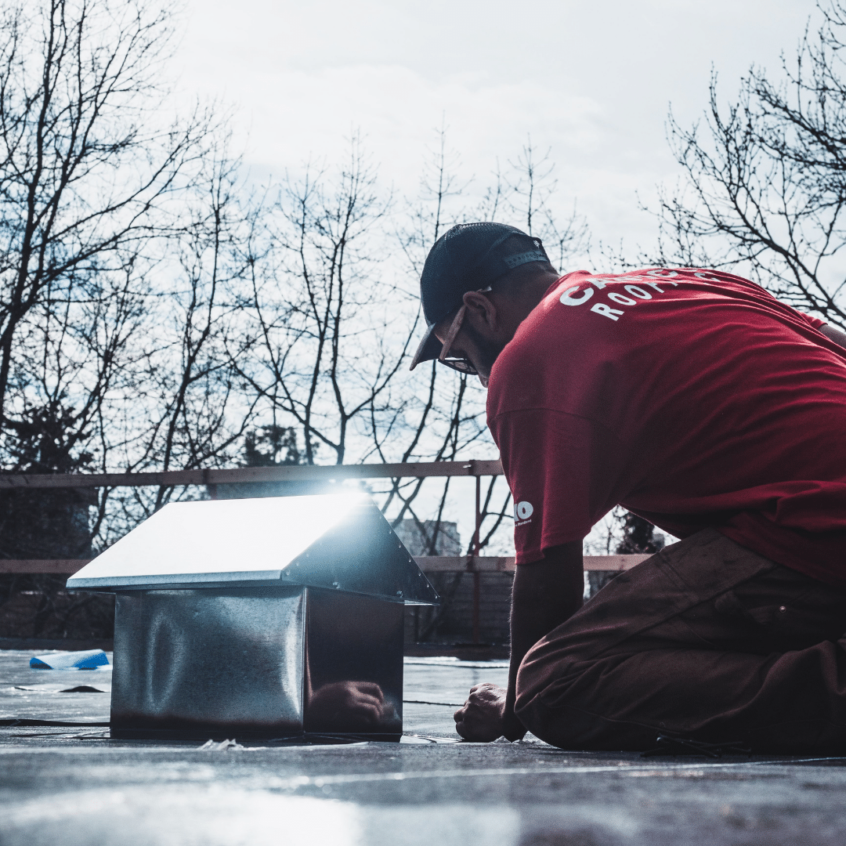The roof is the protective shell of your home. It’s an important part of your home’s insulation system, and it’s crucial that you keep it in good condition. When a roof is well-ventilated, it allows moisture to escape through the chimney or vents. But when ventilation systems aren’t properly installed or maintained, they can lead to serious problems like mold growth and ice dams in the attic.
Mold and mildew
Mold and mildew are a sign of insufficient roof ventilation. This can cause major health problems, damage to your roof, and even lead to leaking roofs. Therefore, you should make sure that there is enough ventilation on your home’s roof so that mold and mildew don’t grow there in the future!
Roof leaks
Roof leaks can cause damage to the interior and exterior of your home. They can also damage the foundation of your home. Water damage not only wrecks paint jobs, but can lead to mold growth and electrical problems. This is all avoidable with sufficient attic ventilation.
Damp attic
A damp attic is a guarantee that your roof ventilation isn’t working properly. When the vents are blocked or not functioning, heat and moisture in your home will rise up into your attic space. The warm air causes condensation on the underside of rafters, which then drips down onto insulation–or even your head!
Damp attics are not only uncomfortable for those living in them; they also create an environment where mold can grow quickly, leading to health problems such as allergies or asthma attacks.
Ice dams
Ice dams form when snow that has melted on a roof refreezes and then expands. This can happen when the temperature in your attic is warmer than the outside temperature. This causes water to seep into your walls and insulation. If you have an ice dam, it will damage your home’s structure as well as its interior contents. And it could cost thousands of dollars to repair!
If you don’t want this kind of problem in your house, make sure there’s enough ventilation in the attic so that heat doesn’t build up there. To do so, make sure all vents are clear (you may need a ladder) or open them if they’re blocked by leaves or other debris; this will prevent moisture buildup.
Overheating
In the summertime, you may find yourself having to turn on the air conditioning more than usual. This is because trapped hot air has no place to leave your home and will build up inside, increasing your monthly energy bills.
To avoid these issues from occurring in the first place, it’s important that you have enough ventilation installed in your roof (or any other part of your home). It will allow for fresh air into all areas so that air does not become stagnant within certain rooms or spaces within a given area over time.
Conclusion
In conclusion, it’s clear that roof ventilation is an important part of keeping your home comfortable and healthy. It can help keep your attic dry and reduce the risk of mold growth. By installing a new vent or adding more vents to your existing system, you can ensure that there are no leaks in your roof or walls so they don’t leak into the space below them.

